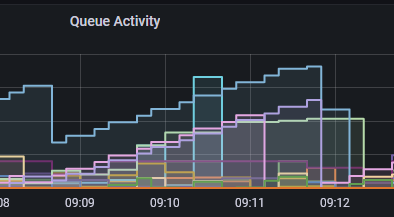SupportPac MS0P was first released in 2006. It added a plugin to the MQ Explorer to format event messages, including the accounting and statistic information. Since then, there’s been a lot of added function. But also, the MQ product now has a lot of comparable capability. The last functional update to MS0P was in 2018.
I’m not planning on making any further updates to the package, so I’ve been thinking about retiring it. The recent LTS release of MQ 9.4.0 seemed like a good boundary point to do that. The SupportPac will move to “withdrawn” status – still downloadable, but not as prominent.
But I thought it worth listing the various features, and showing how many of them you can now do differently.
Continue reading “Retiring SupportPac MS0P”This post was last updated on June 24th, 2024 at 01:00 pm




